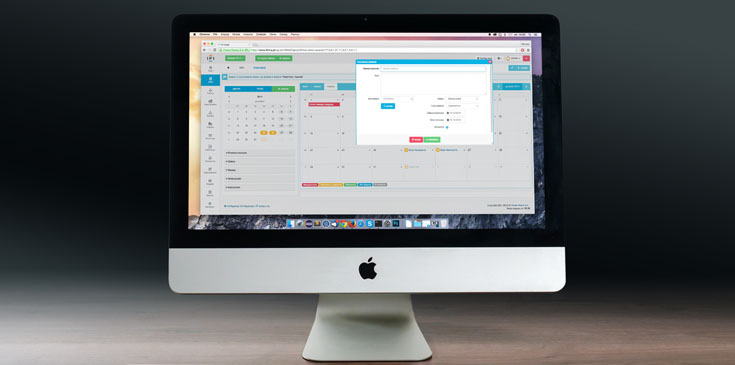Table of Contents
If you are facing performance issues on your Mac after using it for some time, then it’s time to optimize it for better performance. To do this, you can follow a few basic steps like updating software, uninstalling unnecessary apps & files, clean your disk space, defrag disk space, and more. To do this, you can use built-in utilities and features.
For instant and effective results, you can either follow the various steps described in this post or try using third-party Mac optimization tools such as CleanMyMac or similar alternatives.
Steps to optimize Mac for better performance
Here's what you can do to effectively optimize your Mac.
Software Update
If you have already updated your operating system to Mojave, then it’s time to follow certain steps to keep it up to date. To update software, follow these steps:
- Go to Apple Menu > System Preferences.
- Click on Software Update to check for updates for your Mac.
- Here, it will display you all available updates. To install these updates, simply click on the Update Now button. Alternatively, you can click on More info option to view details about each update. Here, you can choose specific updates to install.
Once it will complete updating software, it will display a message saying your Mac is up to date. With this update, macOS and all apps on your system will also be updated. These apps include Safari, FaceTime, Calendar, Mail, Photos, Messages, Books, and iTunes.
Uninstall unnecessary apps
Your system stores a lot of unnecessary apps that you have installed long back and stopped using for a while. Now, these apps & programs remain idle on your system occupying valuable system resources. Here, you can use a built-in feature on your Mac to uninstall unnecessary apps. To uninstall unnecessary apps on your Mac, follow these steps.
- Tap on Finder icon in the Dock.
- In the Finder sidebar, tap on Applications.
Here, all the apps will be displayed in front of you. Now do one of the following:
- If you find the app is in the folder, then simply open the app’s folder to see if there is an Uninstaller. If you find [App] Uninstaller or Uninstall [App] option, then double-click it, and simply follow instructions given on the screen.
- If you can’t find the app in a folder or it doesn’t have an Uninstaller, then simply drag the app and move it to Trash. Here, you can find the Trash icon at the end of the Dock.
Note: In case you want to restore the app, then you need to restore it from Trash before emptying it. To do this, open Trash > select the app that you want to restore > select File option > click on Put Back.
Free up Storage Space
Next thing you should do is to free up storage space by finding & deleting unnecessary files. To do this, follow this process:
- Go to Apple menu > About This Mac > Storage.
- Here, it will display an overview of occupied disk space mentioning space occupied by different files, documents, apps, and photos.
- Now click on the “Manage” button. It will display multiple recommendations to optimize storage space.
Note: You can find Manage button only in macOS Sierra or later versions. Here, a few options will be able to see only a few options if some recommendations are already turned on.
Here, you will find different recommendations including:
- Store in iCloud
- Optimize Storage
- Empty Trash Automatically
- Reduce Clutter
iCloud Storage
Under store in the iCloud option you can move desktop and documents, photos and messages to iCloud.
- To move desktop & documents items, go to Apple menu > System Preferences > iCloud. Now tap Options button given next to iCloud Drive.
- To move photos to iCloud, go to Photos > Preferences > iCloud. Here, select iCloud Photos and optimize Mac Storage.
- To move messages, go to Messages > Preferences > iMessage.
Optimize iTunes and E-Mail accounts
- In iTunes, go to iTunes > Preferences > Advanced. Here, select Automatically delete watched movies and TV shows.
- In mail, go to Mail > Preferences > Accounts. Here, set the Download Attachments pop-up menu to either recent or None.
Empty Trash Automatically
To do this, go to Finder > Preferences > Advanced. Here, select Remove items from the Trash after 30 days.
Reduce Clutter
To reduce clutter on your disk space, you need to find and clean all unnecessary files and folders. Here, you can clean log files, caches, old fonts, languages, dictionaries, and more.
Conclusion
So, this was a quick review on how you can clean up & optimize your Mac for better performance. If you know more such tips, then feel free to comment in the section below.

